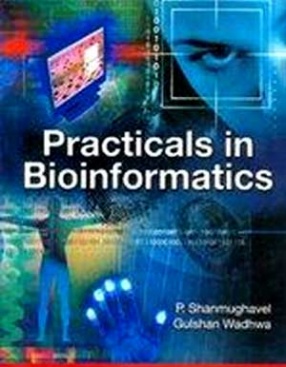These days computers are part of our every day lives. Everywhere you go they are used to keep track of data, process transactions and support communication. The Human Genome Project (and other genome sequencing projects) is producing data at an astounding rate; currently sequence entries are being added to the EMBL sequence database faster than you can read their one-line descriptions – on average, one new sequence per second.
The task of processing all this data and converting sequences into gene and protein predictions would be impossible without the development of computer based analysis tools. The last few years have seen a rapid acceleration in the development of new Bioinformatics approaches, and a dramatic increase in the number of researchers involved in this field.
So why do you need to learn Bioinformatics? At the very least, you will need to identify whether your gene of interest has already been sequenced, and whether there are related sequences. If you aren't working on humans, or one of the other organisms that is being sequenced, there will be fewer pre-prepared resources available to you, although this discrepancy is narrowing, as more and more genome projects are completed.
Our aim is to present a hands-on approach to bioinformatics utility software for computing novices. The book will provide an overview of almost all bioinformatics subjects and discuss some of the ideas behind the approaches and tackle some common tasks. The book has many practical examples and these try to follow typical mini projects so that the relevance is apparent.








There are no reviews yet.